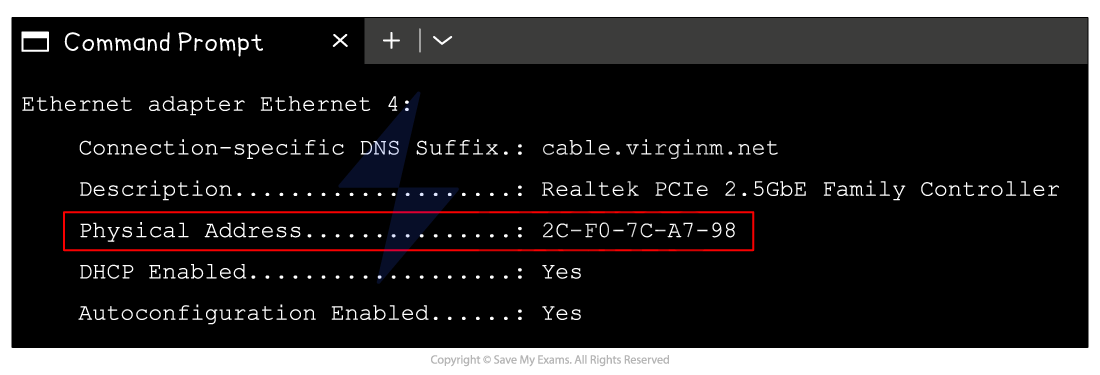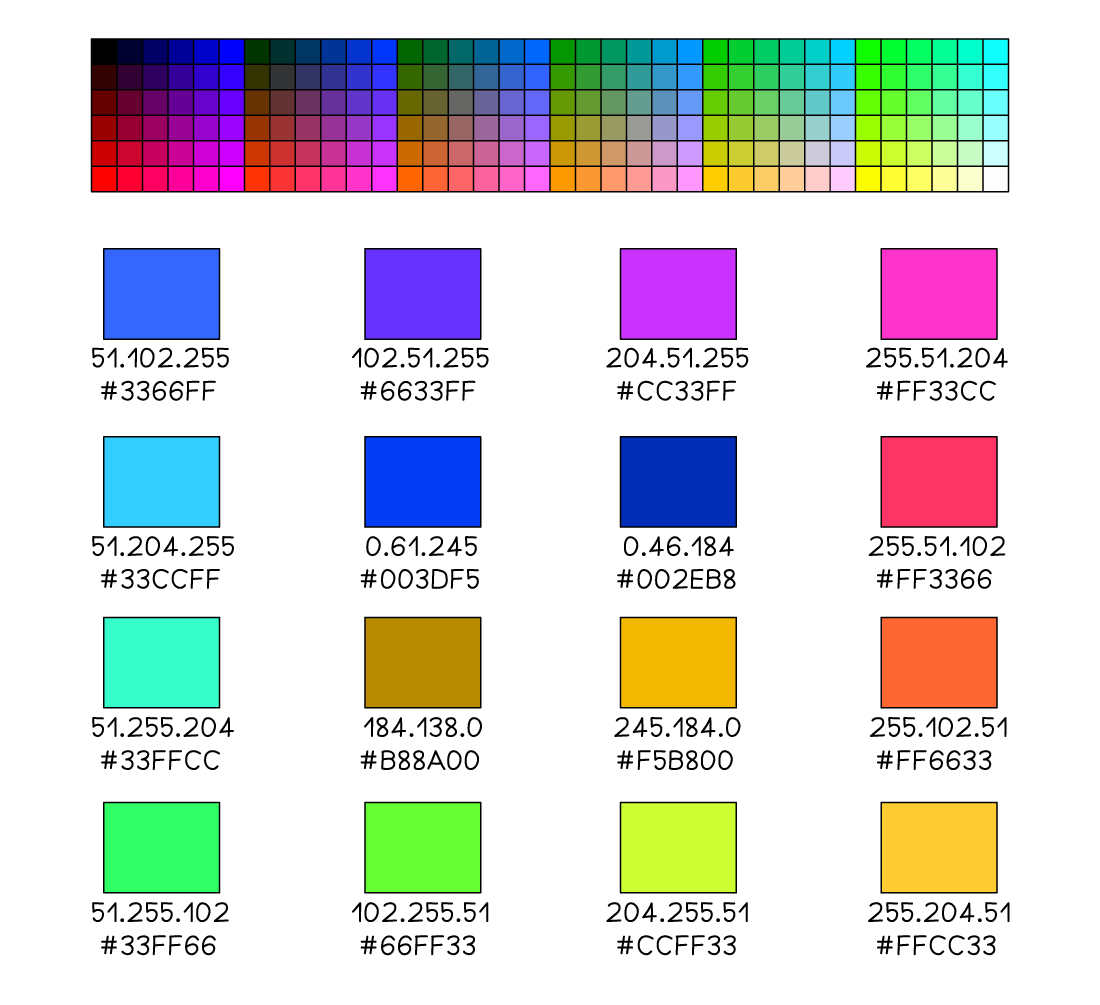Number Bases (AQA GCSE Computer Science): Revision Note
Exam code: 8525
Decimal (Base 10)
What is decimal (base 10)?
Decimal is a number system that is made up of 10 digits (0-9)
Decimal is referred to as a base-10 number system
Each digit has a weight factor of 10 raised to a power, the rightmost digit is 1s (100), the next digit to the left 10s (101) and so on
Humans use the denary system for counting, measuring and performing maths calculations
Using combinations of the 10 digits we can represent any number

In this example, (3 x 1000) + (2 x 100) + (6 x 10) + (8 x 1) = 3268
To represent a bigger number we add more digits
Binary (Base 2)
What is binary?
Binary is a number system that is made up of two digits (1 and 0)
Binary is referred to as a Base-2 number system
Each digit has a weight factor of 2 raised to a power, the rightmost digit is 1s (20), the next digit to the left 2s (21) and so on
Using combinations of the 2 digits we can represent any number

In this example, (1 x 8) + (1 x 4) = 12
To represent bigger numbers we add more binary digits (bits)
128 | 64 | 32 | 16 | 8 | 4 | 2 | 1 |
27 | 26 | 25 | 24 | 23 | 22 | 21 | 20 |
Why do computers use binary?
The CPU is made up of billions of tiny transistors, transistors can only be in a state of on or off
Computers use binary numbers to represent data (1 = on, 0 = off)
Hexadecimal (Base 16)
What is hexadecimal?
Hexadecimal is a number system that is made up of 16 digits, 10 numbers (0-9) and 6 letters (A-F)
0 | 1 | 2 | 3 | 4 | 5 | 6 | 7 | 8 | 9 | 10 | 11 | 12 | 13 | 14 | 15 |
|---|---|---|---|---|---|---|---|---|---|---|---|---|---|---|---|
0 | 1 | 2 | 3 | 4 | 5 | 6 | 7 | 8 | 9 | A | B | C | D | E | F |
Hexadecimal is referred to as a Base-16 number system
Each digit has a weight factor of 16 raised to a power, the rightmost digit is 1s (16^0), the next digit to the left 16s (16^1)
In GCSE you are required to work with up to and including 2 digit hexadecimal values
16s | 1s |
|
|---|---|---|
1 | 3 |
|
1 x16 | 3 x 1 | = 19 |
A quick comparison table demonstrates a relationship between hexadecimal and a binary nibble
One hexadecimal digit can represent four bits of binary data

Examiner Tips and Tricks
A common exam mistake is mixing up which letter matches with what number, write out the 16 hexadecimal digits at the start of the exam!
Why is hexadecimal used?
In Computer Science hexadecimal is often preferred when working with large values
It takes fewer digits to represent a given value in hexadecimal than in binary
It is beneficial to use hexadecimal over binary because:
The more bits there are in a binary number, the harder it is to read
Numbers with more bits are more prone to errors when being copied
Examples of where hexadecimal can be seen:
MAC addresses

Colour values


Unlock more, it's free!
Did this page help you?